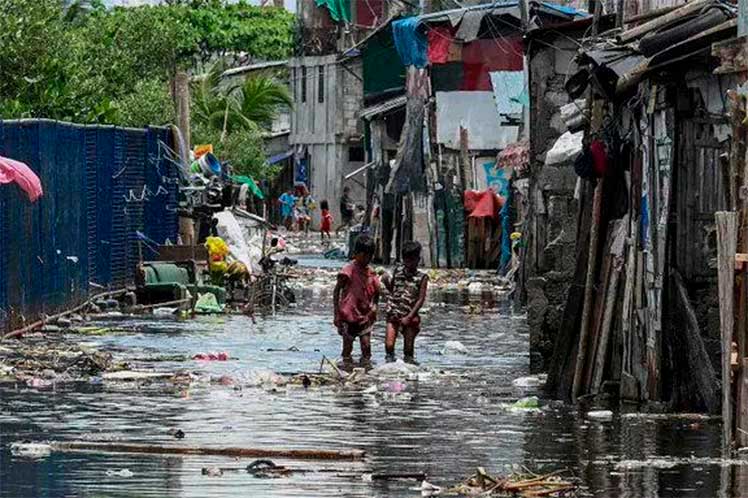Large areas of this Central Asian country are affected by heavy rains, flash floods, and landslides, in which more than 180 people died, more than 8,000 were displaced, and at least 3,000 houses were damaged.
This year, the nation also suffered several natural disasters, such as drought and a devastating earthquake, in which more than 1,000 people were killed in June.
Meanwhile, the country remains isolated from the international financial system since the Taliban armed group returned to power a year ago.
Deputy State Minister for Disaster Management Mullah Sharafuddin Muslim told reporters that the torrential rains caused loss of life and property.
Acting Minister of Water and Energy Mulla Abdul Latif Mansour said in a press briefing that 750 cisterns, 329 small dams, and 441 water canals were damaged in the recent floods across the country.
Conflict, poverty, climate shocks, and food insecurity have long been a sad reality in Afghanistan, but what makes the situation “so critical” is the halt to large-scale development aid.
pgh/iff/oda/abm










